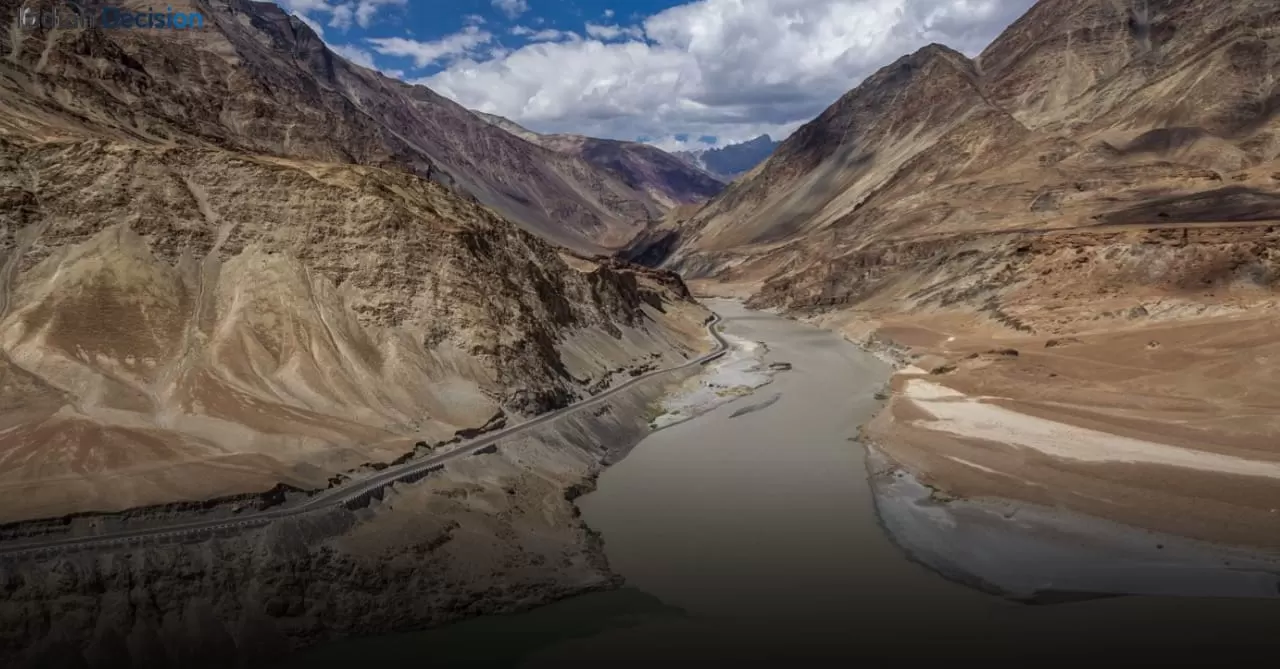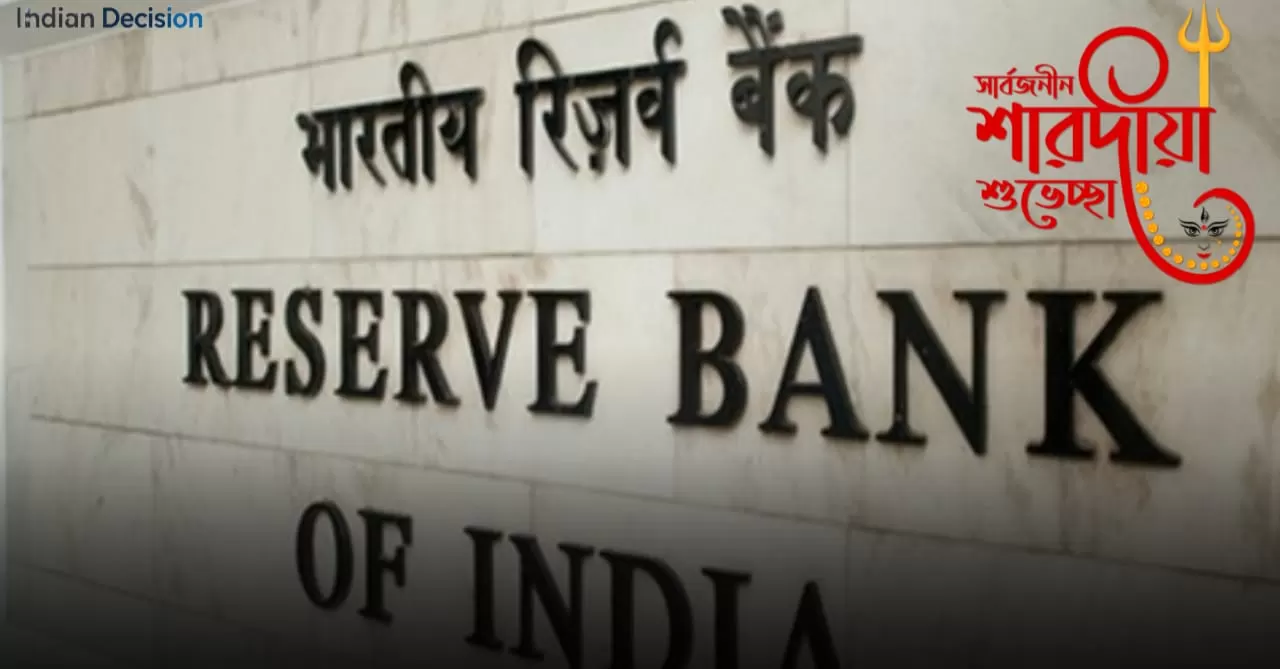Introduction: A Turning Point in Ladakh
The winds over the high passes of Ladakh carry more than cold they carry growing anger and purpose. In Leh, voices once muted by altitude are now amplified through protests, hunger strikes, and renewed calls for autonomy. Sonam Wangchuk, engineer turned activist, is leading that chorus. His latest fast, launched in Leh, demands not just symbolic change but real constitutional safeguards for Ladakh’s fragile ecology and cultural heritage.
Why Leh & Ladakh Are at the Center
Leh is not just a tourist gateway it’s the civic heart of Ladakh. What happens in Leh ripples out: to villages, passes, and remote valleys. When activists gather here, local sentiment finds its focal point.
Since 2019, when Ladakh was carved out from Jammu & Kashmir into a Union Territory, many in the region feel governance distant and constitutional protection lacking. The absence of a full legislative assembly or explicit tribal protections has left gaps in how land, water, and identity are managed.
Sonam Wangchuk’s Role: From Innovation to Activism
Sonam Wangchuk is known for more than protest. He founded SECMOL (Students’ Educational and Cultural Movement of Ladakh), an NGO that rethinks education for cold deserts. He also pioneered the “ice stupa” technique artificial glaciers designed to conserve winter water for spring use.
Over the years, Wangchuk’s activism shifted from sustainable technologies to constitutional advocacy. He has fasted multiple times, walked from Ladakh to Delhi, urged inclusion under the Sixth Schedule of India’s Constitution, and pressed for full statehood.
Current Flashpoint: The Hunger Strike in Leh
On September 10, 2025, Wangchuk began a 35-day hunger strike in Leh, demanding two central changes: statehood for Ladakh and inclusion in the Sixth Schedule. The timing is significant: the Leh Autonomous Hill Development Council (LAHDC) elections are near, making the protest politically potent.
Students in Leh backed the strike. Scenes of protest stone-pelting and clashes emerged as temperatures dropped and tensions boiled. The government has promised talks October 6, but many locals say they’ve heard promises before.
What the Sixth Schedule Means for Ladakh
The Sixth Schedule of the Indian Constitution offers special protections to tribal areas (for example, in Assam, Meghalaya, Mizoram, Tripura). It gives local councils powers over land, forests, and customary law. For Ladakh, which has a high tribal population, Sixth Schedule status would mean strong protections against external land acquisition, environmental exploitation, and demographic shifts.
Statehood, on the other hand, would allow a fully elected legislature, fiscal autonomy, and constitutional parity with states. Together, the two demands map the path toward self-determination.
Challenges & Counterpoints
- Central government caution: The Union government is wary of overextending special statuses.
- Geopolitics: Ladakh borders both China and Pakistan; tight security concerns often override local demands.
- Infrastructure vs protection: Some argue that economic development must precede autonomy or constitutional safeguards.
- Local unity: In Ladakh, Buddhist and Muslim communities sometimes have diverging views about statehood and governance. Bridging that divide is crucial.
Today 24 September 2025: Latest Updates
Leh has been convulsed by renewed protests. Students supporting Wangchuk demanded immediate talks, and police clashed with demonstrators. One BJP district office was damaged, and a police van was set alight. Authorities have called for calm and scheduled a formal dialogue October 6. Analysts see the protests as an escalated test of will between Ladakhis and the central government.
What Locals Want: Voices from Leh & Villages
In the markets of Leh, people talk of betrayal “We were promised protection,” one shopkeeper said. In villages, farmers fret over water: snowmelt patterns are shifting, and glaciers are receding. Many see Wangchuk’s demands not as political theater, but as necessary steps to protect livelihoods.
In the high valleys, younger residents see this as a generational moment. The move isn’t just about politics but preserving identity, culture, and landscape.
What the Outside World Should Know
Ladakh is more than a border region it’s a climate bellwether. Melting glaciers here affect rivers across South Asia. When water fails in these mountains, the impact cascades downstream. The world must see that Ladakh’s struggle is not isolated. It’s linked to climate, security, and cultural stewardship.
FAQ
What is Sixth Schedule status?
A constitutional provision in India that grants tribal areas local self-governance over land, forests, and customary laws.
Why is Sonam Wangchuk important?
He bridges innovation and activism first with sustainable engineering, then with political demands for introspective governance in Ladakh.
What distinguishes Leh from other towns in Ladakh?
Leh is the administrative and cultural hub; it’s where decisions converge and protests carry weight.
Is statehood feasible for Ladakh?
Feasible but politically and constitutionally delicate. It requires central support and local consensus.
How will Sixth Schedule protect Ladakh?
It would insulate land and resources via local control, reducing risks from external interests.
What are the risks of this movement?
Protests may spiral. Central pushback, fragmentation, or repression could mar progress.
How can outsiders support Ladakh’s demands?
Amplify their voices, support constitutional protections, lobby thoughtful advocacy not just sympathy.
Conclusion
Ladakh sits at a crossroads. Sonam Wangchuk’s fast in Leh is not symbolic it’s a living experiment in how high places fight low politics. The demand for statehood and Sixth Schedule status is both bold and grounded. If central authorities respond with sincerity rather than placation, they may set a new precedent for how border regions are governed. Otherwise, this spark may become a wildfire. Learn more about Ladakh’s constitutional journey and how citizens across India can engage in this moment.
demanding-change-sonam-wangchuk-leh-and-the-future-of-ladakhRead also:







